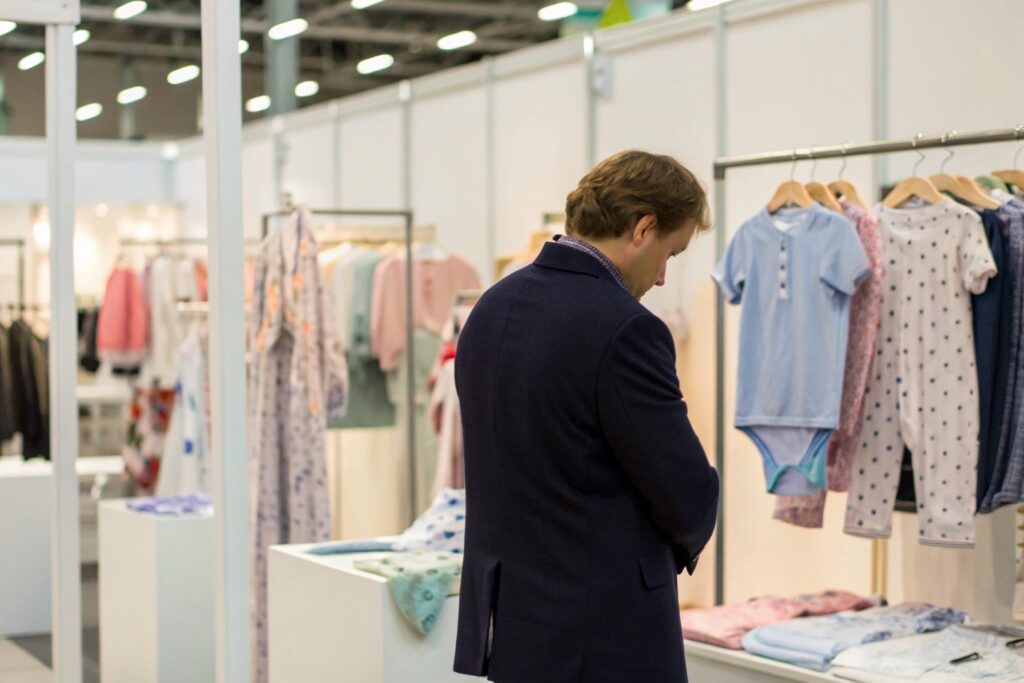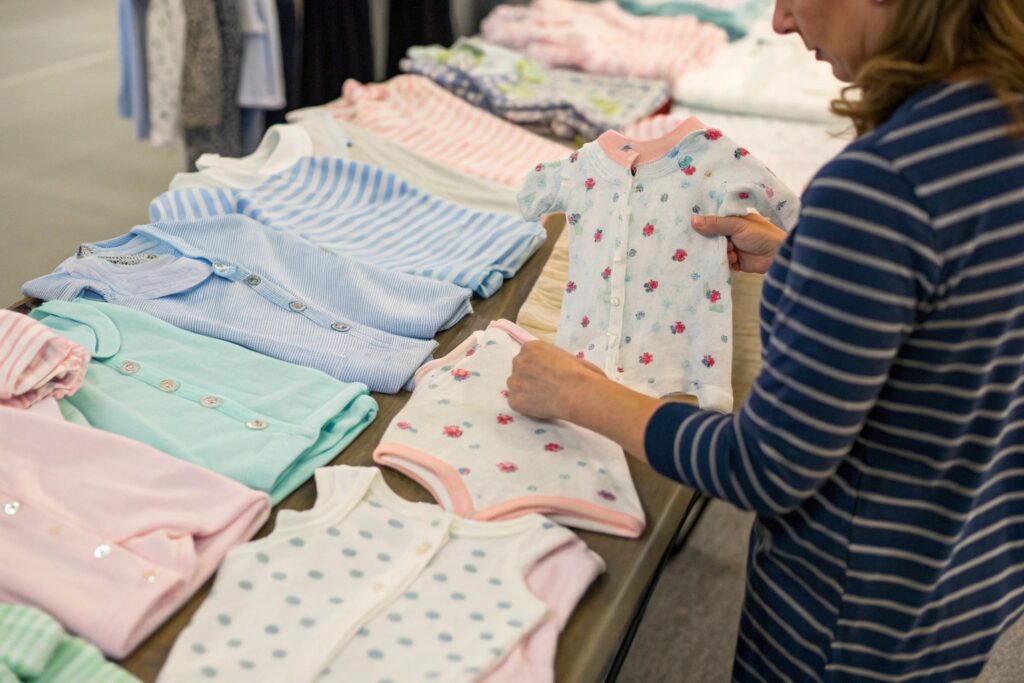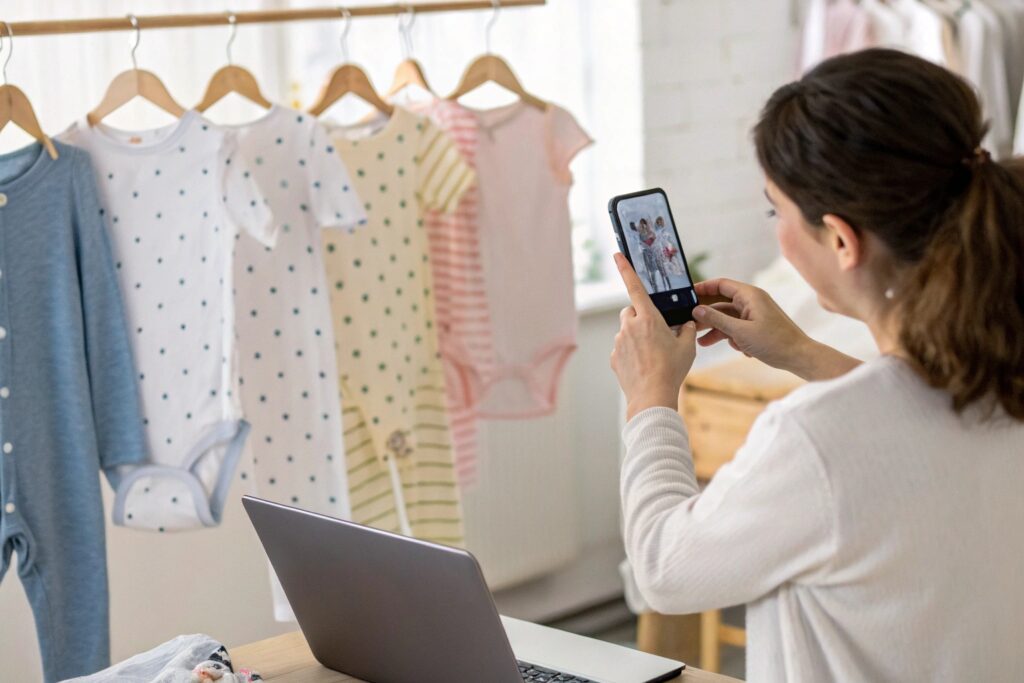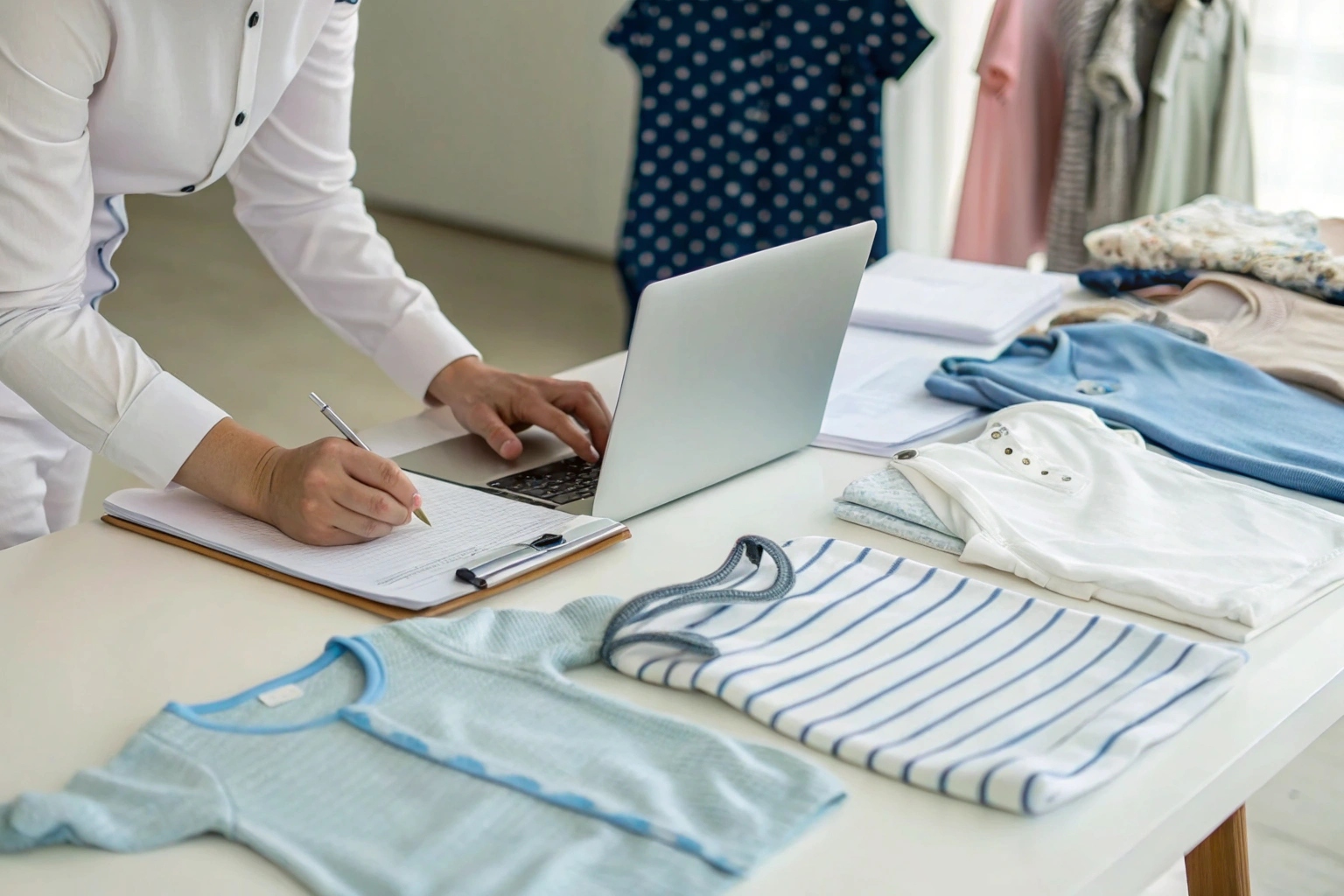The babywear industry is booming, and becoming a distributor can be a smart way to tap into growing demand without starting your own brand. But how do you actually get started?
To become a baby clothing distributor, you need the right licenses, reliable suppliers, a clear business model (wholesale or private label), and a strong marketing plan to reach retailers or online buyers.
In this guide, I’ll walk you through every step—from legal setup to sourcing and marketing—to help you launch a profitable distribution business.
What Licenses Do You Need to Distribute Babywear?
Before you can buy and sell baby clothing, you need to set up your business legally.
To distribute babywear, you typically need a business license, reseller’s permit, and a federal tax ID. If you’re importing clothing, you may also need an import/export license depending on your country.

Common licenses and requirements:
| License / Document | Purpose |
|---|---|
| Business license (LLC, Sole Proprietor, etc.) | Legalizes your business entity |
| EIN (U.S.) or VAT ID (EU) | Required for tax reporting and invoicing |
| Reseller’s certificate | Lets you buy wholesale without sales tax |
| Import/export license | Needed if buying internationally |
| Product liability insurance | Covers potential safety claims |
Clothing compliance (for babywear):
- Must meet CPSIA (USA) or EN 14682 (EU) standards
- If selling under your name, you’re responsible for safety and labeling
- You may need to collect and report sales tax depending on your state or country
At Fumao, we work with distributors by providing invoices, labeling, and fabric safety certificates needed for smooth customs clearance.
How to Find Reliable Baby Clothing Manufacturers?
Your entire business depends on your supplier—so this step matters most.
To find reliable baby clothing manufacturers, use trusted B2B platforms, attend trade shows, search Google, or get referrals from industry networks. Vet each supplier by checking certifications, asking for samples, and arranging factory calls.

Top places to find babywear suppliers:
| Channel | Why It Works |
|---|---|
| Alibaba / Made-in-China | Filter by verified baby clothing factories |
| Trade shows (CBME, MAGIC, Kind+Jugend) | Meet suppliers in person |
| Google / LinkedIn | Search keywords like “OEM babywear supplier” |
| Referrals from other brands | Real feedback from clients |
How to vet a factory:
- Ask for CPSIA/EN certifications
- Request product samples
- Do a video call or factory tour
- Ask about MOQ, lead time, pricing tiers
- Test response time and communication clarity
Fumao is a certified babywear manufacturer supporting distributors with low MOQs, private label services, and full quality control reports.
Wholesale vs. Private Label Baby Clothing Options?
There are two main ways to distribute babywear—wholesale or private label. Each has its pros and cons.
Wholesale means reselling existing brands. Private label means selling under your own brand name. Distributors can do either—or both—depending on their business model.

Comparison:
| Model | Wholesale | Private Label |
|---|---|---|
| Product control | Limited—use supplier’s designs | Full control over labels, packaging |
| Brand building | No brand equity | You build your own brand |
| MOQ | Often lower | Usually higher (but still manageable) |
| Profit margin | 20–40% | 50–80% (higher markup possible) |
| Marketing needed | Less (brand already known) | More (you must promote your label) |
When to choose:
- Choose wholesale if you want to start quickly with low risk
- Choose private label if you want to build a long-term brand
- Many distributors do both—testing demand with wholesale, then launching their own line later
At Fumao, we offer both models: our ready-made styles for wholesale, or full OEM service with custom logos, tags, and packaging.
How to Market Your Babywear Distribution Business?
Once your stock is ready, you need to get it in front of buyers. The right channels depend on your market.
To market your babywear distribution business, use a combination of social media, email outreach, trade platforms, and in-person events. Build a digital catalog, collect leads, and focus on trust and product quality.

Top marketing channels:
| Channel | Best For |
|---|---|
| Instagram & Facebook | Reaching parents, showcasing product |
| B2B networking with boutiques and stores | |
| Shopify / WooCommerce | Direct orders from smaller shops |
| Faire / Abound / Tundra | Online wholesale marketplaces |
| Email outreach | Contacting retail buyers and boutiques |
| Trade shows / pop-ups | Building trust through face-to-face |
Tools to help you:
- Digital line sheet or catalog
- Wholesale inquiry form on your website
- Brand story + photos for social media
- Sample kit to send to key buyers
Fumao provides distributors with high-res product images, garment specs, and even short videos to help you market faster.
Conclusion
Becoming a baby clothing distributor is a great business opportunity—especially with growing demand for high-quality, stylish, and safe babywear. With the right licenses, factory partner, product mix, and marketing plan, you can build a profitable distribution business that serves parents, boutiques, and retailers across your region or worldwide.










